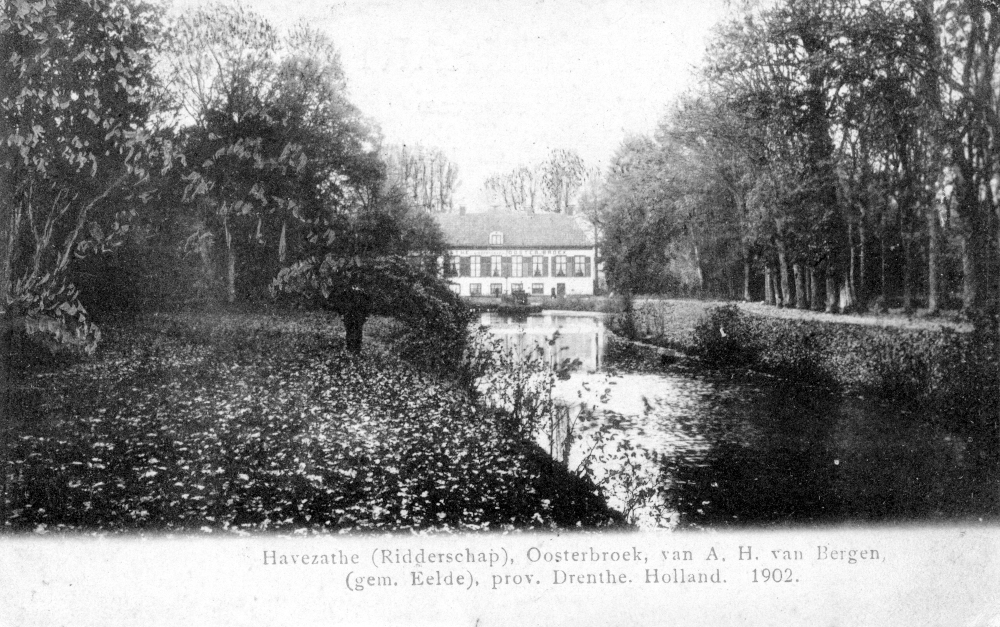
Photo: Havezate Oosterbroek owned by A.H. van Bergen (1835-1913), industrialist, lord of Oosterbroek. De havezate Oosterbroek is first mentioned in the early 17th century on the list of Drenthe manors. A havezate historically carried certain feudal rights and privileges. They were typically owned by nobility or gentry. The term is somewhat equivalent to an English manor house or a small castle, reflecting its dual role as a dwelling and a symbol of aristocratic status and power.
The Van Bergen Familie: A Legacy in Time-Measuring
The Van Bergen familie, with roots tracing back to Northern Germany, has a rich and fascinating history, deeply intertwined with the art of time-measuring. While their story encompasses nobility and migration, it’s their enduring contribution to marking time that truly resonates and is preserved in the timepieces we craft today.
From Shipbuilding to Bell-Founding
Initially, the Van Bergens were renowned for their expertise in shipbuilding, specializing in the manufacture of essential ship parts. This dedication to precision and craftsmanship laid a foundational stone for their future endeavors. However, around 1795, a significant shift occurred. The familie transitioned their focus to the intricate and specialized craft of bell-founding (1).
This transition was a pivotal moment, as bell-founding directly linked the Van Bergen familie to the public measurement of time. Their bells, primarily cast for Dutch Reformed churches in the northern provinces of The Netherlands and northern Germany, served a dual purpose: they were integral to worship and vital for public timekeeping. Imagine a village, where the daily rhythm was dictated by the resonant chimes of a Van Bergen bell, marking the hours and shaping community life.
A Worldwide Reputation in Carillons
As industrialization advanced, the Van Bergen familie embraced innovation, establishing a factory in Heiligerlee in 1862 and later the firm Koninklijke (Royal) A.H. van Bergen. It was from the 1830s onwards that their descendants made a particular and lasting contribution to the world of time-measuring: the creation of carillons.
These complex musical instruments, consisting of tuned bells played from a keyboard, brought the art of timekeeping to a new level of sophistication and artistry. The Van Bergen family’s dedication to this craft earned them a worldwide reputation, showcasing their mastery in creating not just individual bells, but harmonious systems that marked time with both precision and beauty.
An Enduring Craft
Today, the legacy of the Van Bergen familie continues to echo in the timepieces we produce. The same commitment to accuracy, the deep understanding of materials, and the artistic sensibility that went into crafting their renowned bells and carillons are the very principles that guide our work. Each of our timepieces carries a whisper of this remarkable history, a testament to a family who understood that to measure time is to shape life.
(1) K.B. Haan, “De Klokkengieters van Bergen Van Midwolda naar Heiligerlee 1795-1980”, 1992.
